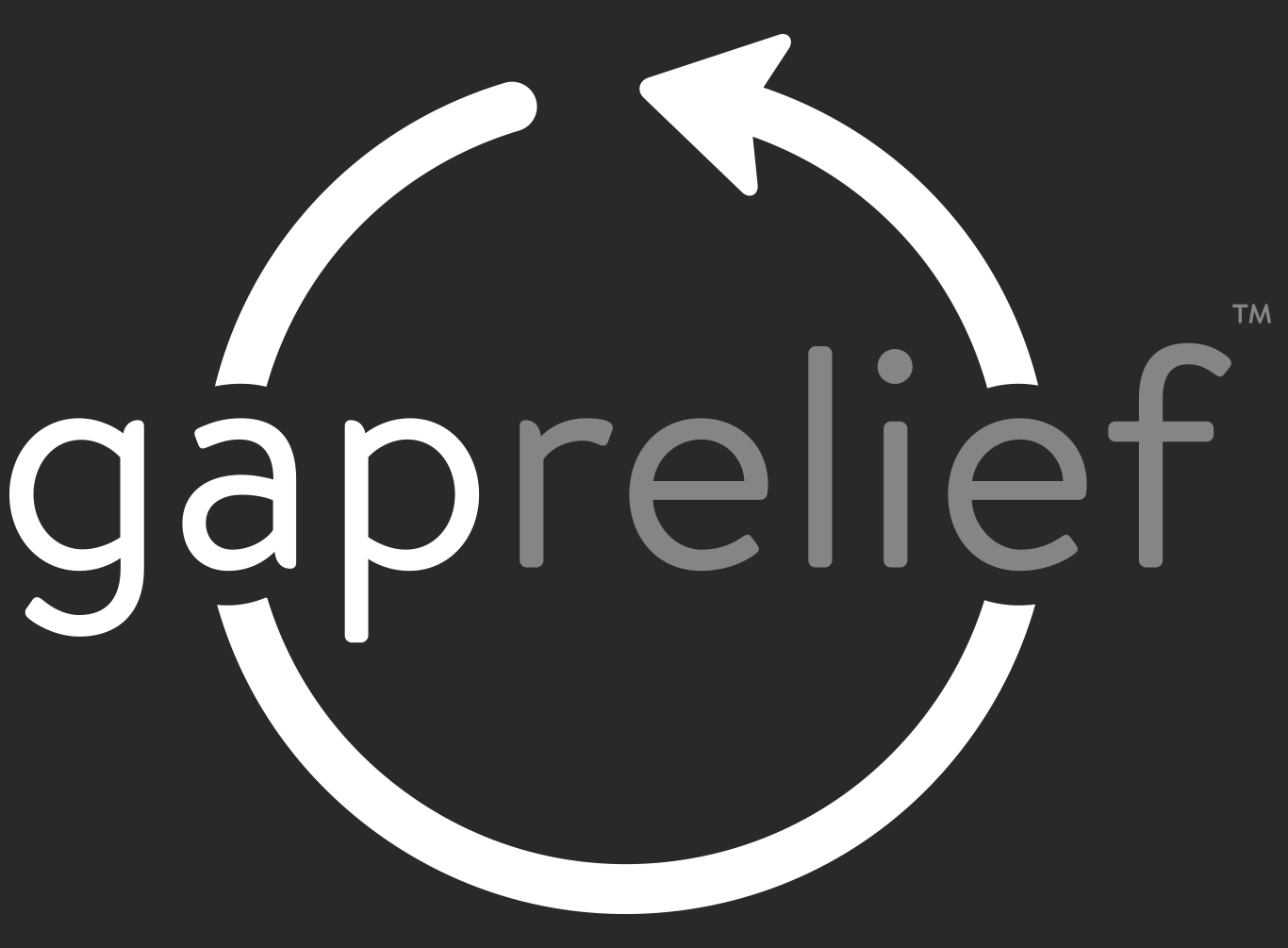What is Trauma?
Trauma is a tricky idea to define. When most people think of trauma, they think of a physical injury or event, like a car accident or even the results from a natural disaster. While these things are absolutely considered trauma, the impact of trauma can reach far beyond a physical event- into the parts of us that our eyeballs can’t see. Our hearts, souls, and minds.
At Gap Relief, we work with the psychological impact of trauma—allowing space for the healing of heart, soul, mind, and body. While we are so grateful to see many cultures embracing more and more of an understanding of the impact of trauma and the resulting emotional and psychological injuries, we recognize we still have a long way to go in being fully trauma-informed and fully supporting mental health needs that may result from trauma’s impact.
The impact of trauma can trickle down to future generations for many years. It affects the physical and emotional safety, health, and livelihood of not just those who experienced it directly—but those closest to and and influenced by its victims as well.
To put it in layman's language, trauma is pretty much the worst.
Thankfully, we don’t have to rely on layman’s language to talk about such a complex topic. Gap Relief Director and Co-Founder, Amy Butler, sat down to help us understand trauma in a simple but accurate manner.
Simply put, defining trauma boils down to what we need as humans.
Trauma can be an event or experience that a person DID NOT NEED. This is any event or experience that injured and impacted someone beyond their ability to cope and process. This can be a one-time event or it can be a chronic experience over time.
Trauma can also be the NEGLECT OF OR FAILURE TO MEET A PERSON’S NEED. This type of trauma more typically occurs chronically over time, but can sometimes also be one major moment of need that was not met.
So how do we as trauma therapists, coaches, and practitioners help people access the spaces and tools they need to heal from trauma? We start by safely leading them back into their stories and memory systems to scan for any trauma impact that remains.
We then start resourcing their systems with what they needed back when the injury (or injuries) occurred, and what they need now in order to fully heal. We hand their stress response systems the ability to fully complete the stress response cycle so they can get to the other side of their trauma response in order for their hearts, bodies, souls, and minds to release the events or experiences keeping them stuck.
We are so passionate about this work at Gap Relief. We know that on the other side of moving through these painful experiences is freedom. And that’s truly what we want for everyone who enters into our space.
What in your story is keeping you stuck? We’d love to walk with you in your healing journey.

